6 Minutes
From Underdog to Icon: BMW’s Bold Bet on MINI
When BMW acquired MINI (then part of Rover) in the late 1990s, most industry observers thought the brand was a lost cause. The small-car segment at the time was filled with basic economy runabouts — the Toyota Tercel, Geo Metro, and Chevy Prizm among them — cars designed purely to get from A to B. MINI, meanwhile, faced aging factories, spotty build quality, and an identity that hadn’t evolved. BMW recognized an opportunity to create something different: a premium subcompact that combined character, craftsmanship, and driving engagement. The result was a complete reinvention that rewrote expectations for small cars.
Shaking Off the Past: Rebranding and Factory Renewal
Rebrand and Manufacturing Overhaul
BMW’s first steps were strategic and pragmatic. The brand was repositioned with the modern all-caps MINI badge and a refreshed visual identity. More importantly, significant investment went into the Cowley, Oxford plant: modern assembly equipment replaced dated lines, and manufacturing processes were standardized to improve consistency and quality. That factory renewal was crucial to turning MINI from a nostalgic relic into a reliable, modern product.
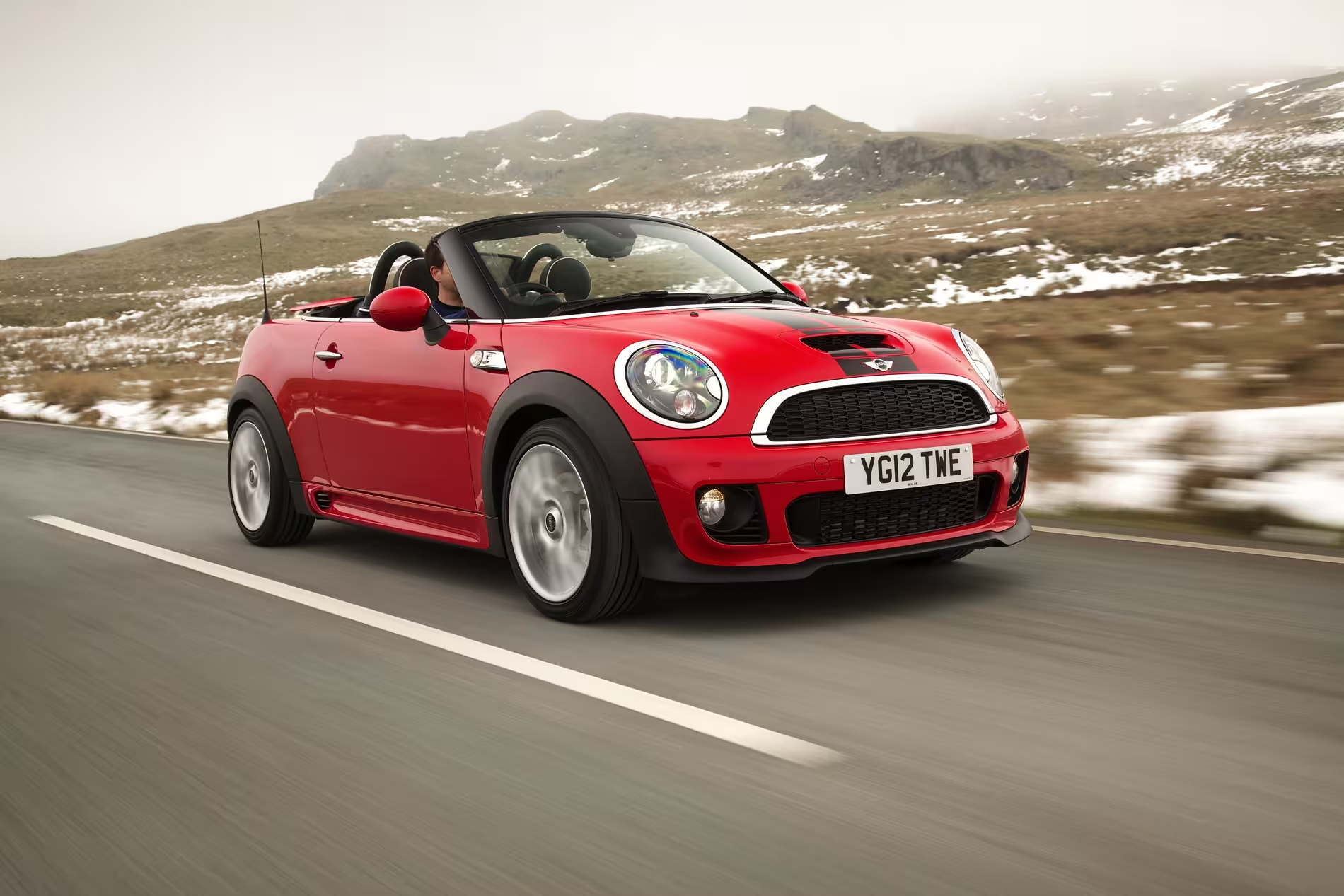
Design Leadership
Design would ultimately define the relaunch. British-born Frank Stephenson won the competition to reimagine the Cooper, producing a design that echoed the original Mini’s charm while meeting contemporary safety, comfort, and aesthetic standards. The 2001 MINI Cooper was compact, charismatic, and unmistakably premium in its detailing — a new archetype for the premium small car.
Vehicle Specifications and Variants
Core specifications
The reborn MINI lineup focused on compact dimensions, nimble handling, and premium fit-and-finish. Early Cooper models were powered by 1.6-liter four-cylinder engines producing in the neighborhood of 115 hp in base Cooper trim, while sportier Cooper S variants offered substantially more power (through supercharging in early generations and later turbocharging). Modern MINIs expanded the range with turbocharged 2.0-liter engines in higher trims, John Cooper Works performance versions, and multiple transmissions including six-speed manuals and automatic gearboxes.
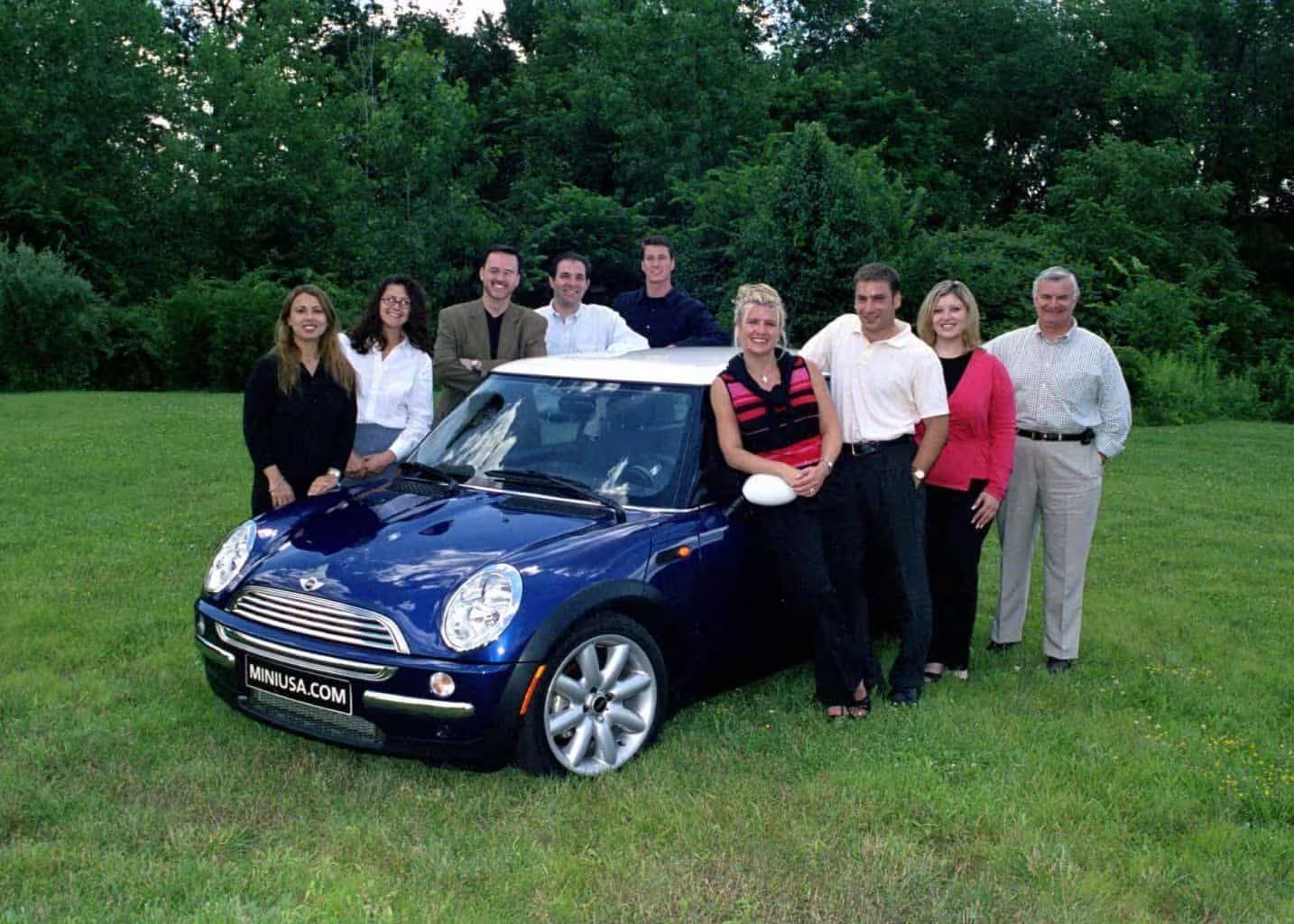
Practical numbers
Typical strengths for MINI models include tight turning radii, balanced chassis dynamics, and competitive urban fuel economy that appeals to city drivers. Cargo and rear-seat space are modest compared with compact hatchbacks, but clever packaging and premium materials compensate for the car’s smaller footprint.
Design and Performance
Design language
MINI’s design language blends heritage cues with modern execution: round headlamps, short overhangs, contrasting roof colors, and customizable trim packages create a strong visual identity. Interiors emphasize driver-focused ergonomics and high-quality finishes, reinforcing the car’s premium positioning.
Driving dynamics
Where MINI truly stands out is driving engagement. Tight steering, a planted feel, and sport-tuned suspensions deliver a “go-kart” sensation that enthusiasts value. Performance models, especially John Cooper Works derivatives, intensify that experience with boosted horsepower, sharpened brakes, and sport-tuned chassis components.
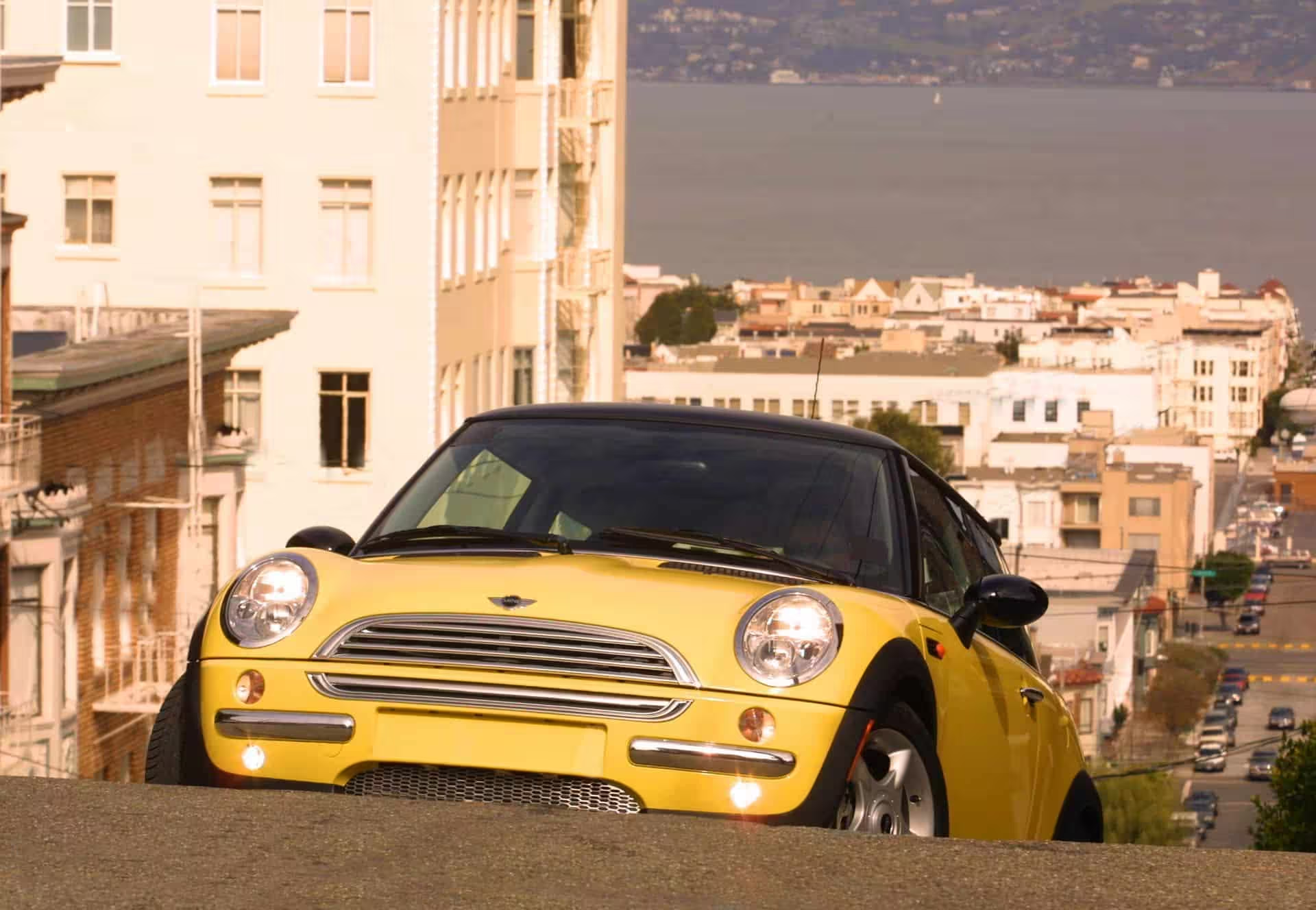
Market Positioning and Marketing Strategy
Positioning as a premium subcompact
Bayerische Motoren Werke positioned MINI as the first premium subcompact: a small car delivering upscale design, boutique customization, and dynamic driving characteristics. That placed MINI between mainstream economy hatchbacks and full-size premium brands, creating a new niche that attracted buyers looking for personality plus quality.
Marketing that changed perception
Marketing was essential. BMW of North America launched a high-profile $25 million campaign featuring the now-familiar motto “Let’s Motor,” supported by bold billboards, television spots, and magazine advertising that celebrated MINI’s quirky personality. Bold taglines — such as “Let’s sip, not guzzle” — positioned MINI as a playful alternative to the SUV boom. Early awareness was low (research suggested only about 2% had heard of the brand), so the aggressive marketing push helped convert curiosity into sales. The brand also introduced owner engagement tools like production tracking — “Make Waiting Fun” — to turn anticipation into a selling point.
Comparisons and Competitive Edge
Compared with traditional economy compacts, MINI prioritized style, personalization, and driving excitement over pure practicality. Versus premium compact rivals, MINI sold a lifestyle as much as a car: customization options, distinct styling, and a boutique ownership feel. Over time, the range expanded to include more body styles and powertrains, allowing MINI to compete with a broader set of small premium hatchbacks and crossovers.
Commercial Results and Legacy
MINI’s reinvention paid off. After an initial U.S. launch that emphasized well-equipped, higher-powered models, demand quickly exceeded production. In 2003 MINI sold 36,010 cars in the U.S., and a decade later the brand recorded its best year in 2013 with 66,502 vehicles moved. Strategic collaborations and continued marketing helped the brand grow from a niche curiosity into a global example of how to create and sustain a premium small-car segment.
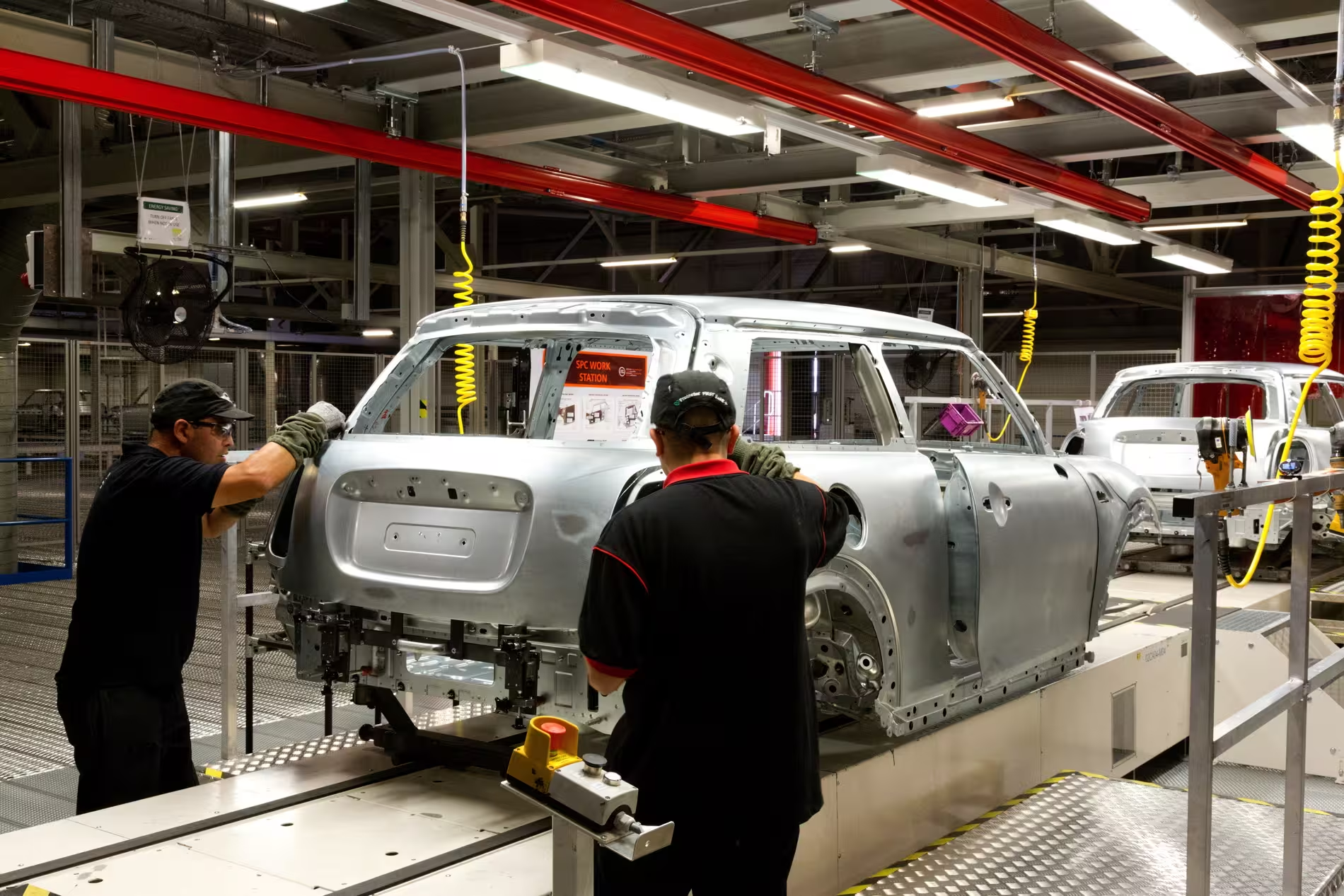
Conclusion
BMW’s revival of MINI demonstrates how brand vision, design excellence, manufacturing investment, and smart marketing can convert a struggling marque into a category creator. By inventing the premium subcompact, MINI reshaped expectations for small cars: they could be stylish, desirable, and fun to drive — not just cheap transportation. For buyers and enthusiasts, MINI remains a benchmark for personality-driven, premium small-car design.
Source: bmwblog

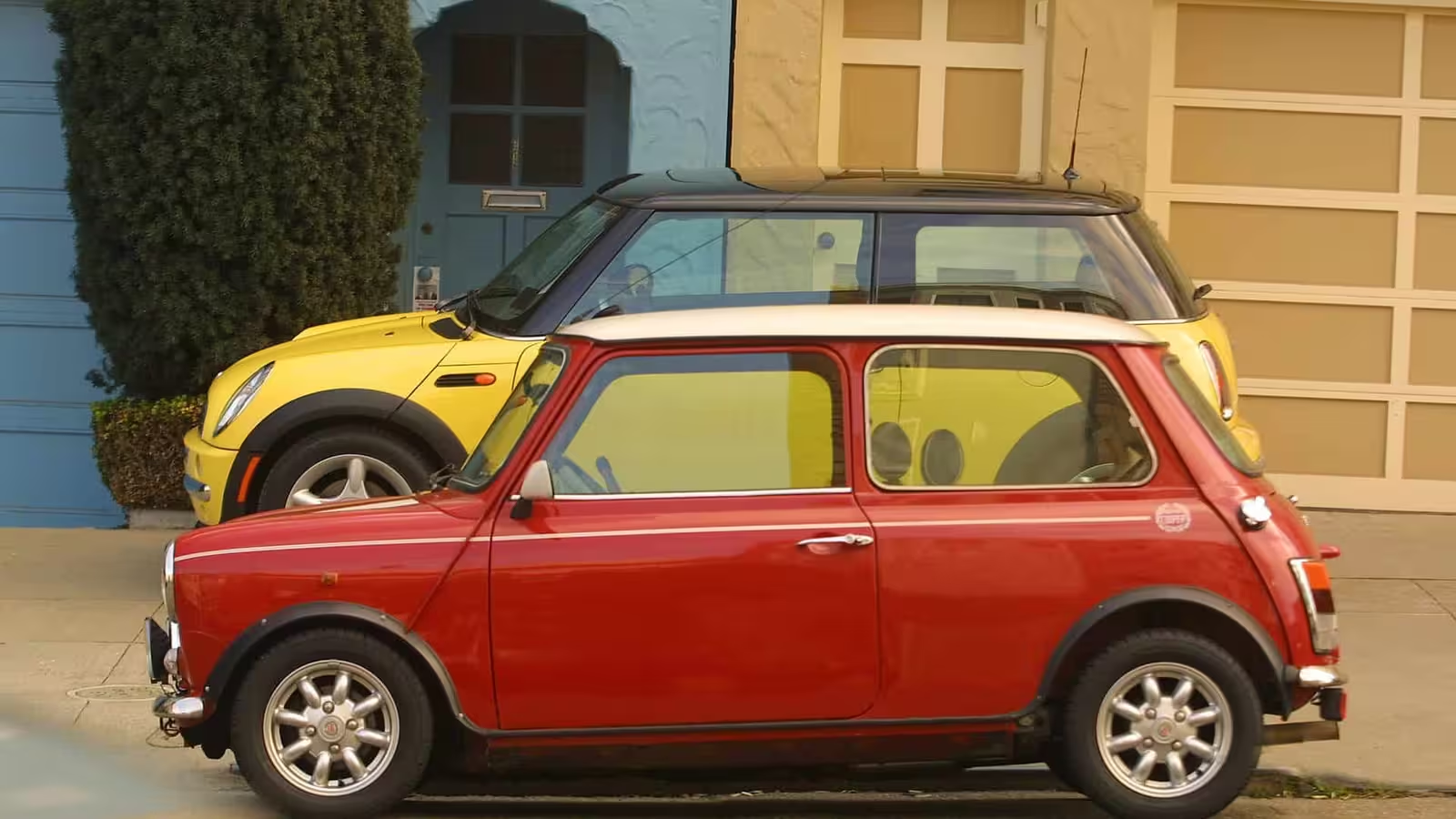
Leave a Comment